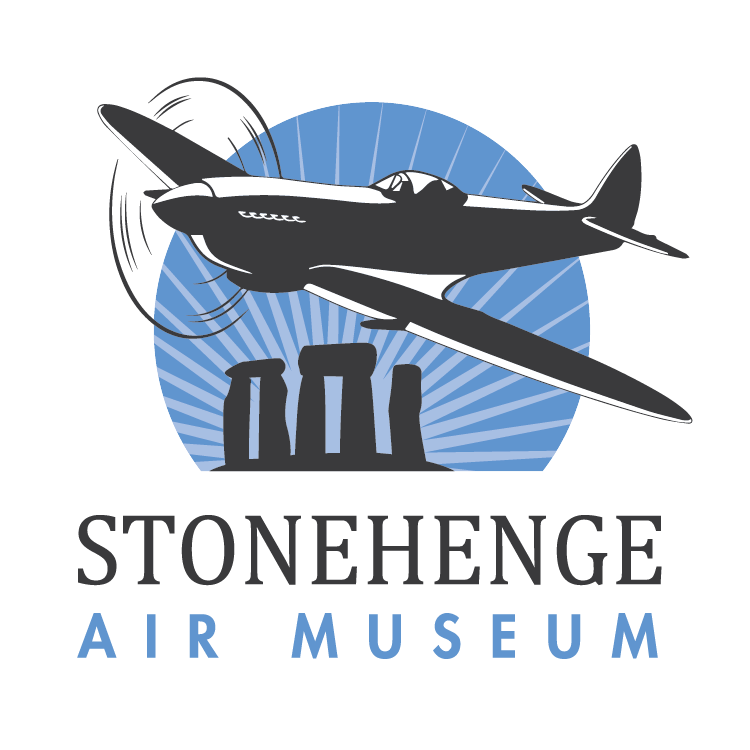1942 Boeing/Stearman D75N1 “Kaydet”
Built in greater numbers than any other American biplane and consequently one of the world’s most easily recognizable aircraft, the Stearman’s simple construction, rugged dependability and nimble handling made it the darling of those who mastered it.
The Stearman Model D75N1, has its roots in the earlier Model 70, designed and built by Boeing engineers in only 60 days in 1933 but based on an even earlier Lloyd Stearman design for his Model 6 “Cloudboy.”
Originally intended for the civilian market, the prototype Model 70 was found to be capable of withstanding load factors much higher than were expected to occur in normal flight training. As a result, the U.S. Army and Navy tested the prototype in 1934. At the conclusion of these tests, the Navy ordered thousands of the Model 70 while the Army decided to wait for the introduction of the improved Model 75 which followed two years later. Over the next decade, the Army received nearly 8,500 Stearman aircraft of different variants.
The aircraft on display was part of an order for 300 specially designed Stearman aircraft designated PT-27s for the Royal Canadian Air Force. Upon receipt, the RCAF transferred the aircraft to the Royal Air Force to train RAF pilots at Pierce Station, Alberta.
However, the PT-27s were delivered without the special canopies and cockpit heaters requested by the RCAF so by November of 1942 their continued use in the harsh Canadian winter environment was obviously impractical. These aircraft were then “free issued” back to the US in trade for Fairchild PT-26s. After her return to the U.S. Army, this Stearman moved South to train pilots at Wickenberg Field, AZ, later as part of the 11th AAF Flight Training Detachment at Ryan Field near Tucson, AZ, and finally at Hicks Field near Saginaw, TX.
At war’s end this aircraft was deemed surplus and sold for only $372. Like so many other surplus Stearmans, this one was eventually modified for crop spraying. In 1950 it was fitted with a Pratt & Whitney 985 of 450 hp (twice as powerful as the original engine) and became certified for a 1,200 lb special load. After only a brief time as a “duster” this aircraft was returned to its original configuration as a two place trainer in 1958. Jim Smith acquired this aircraft in 1992.


